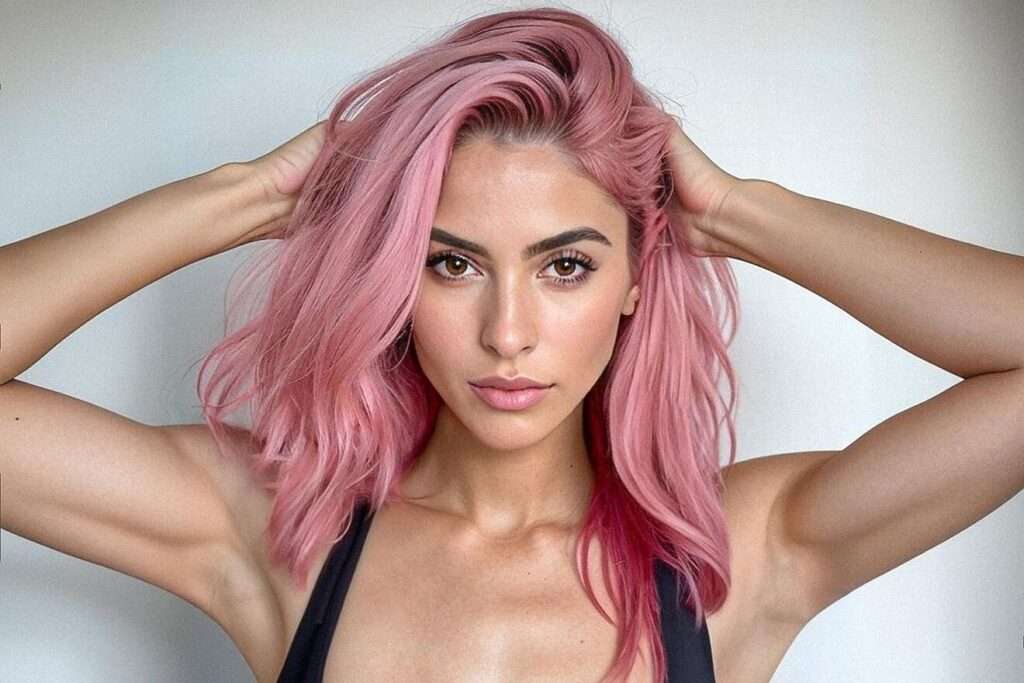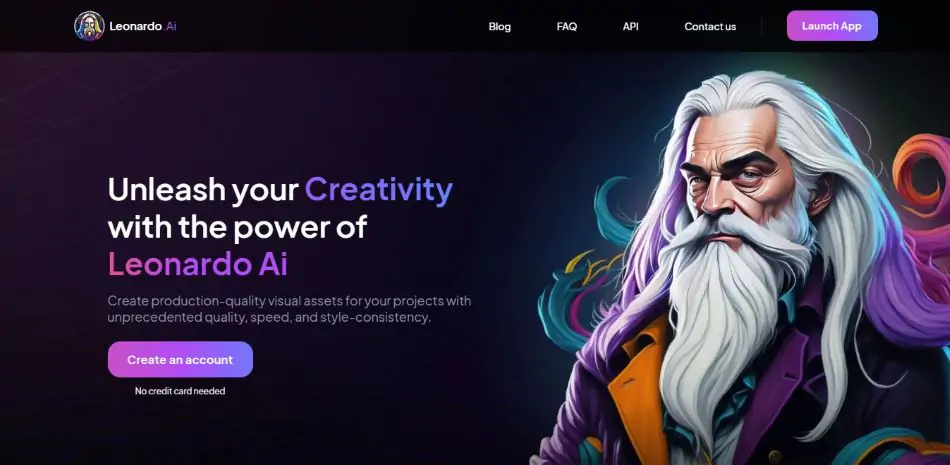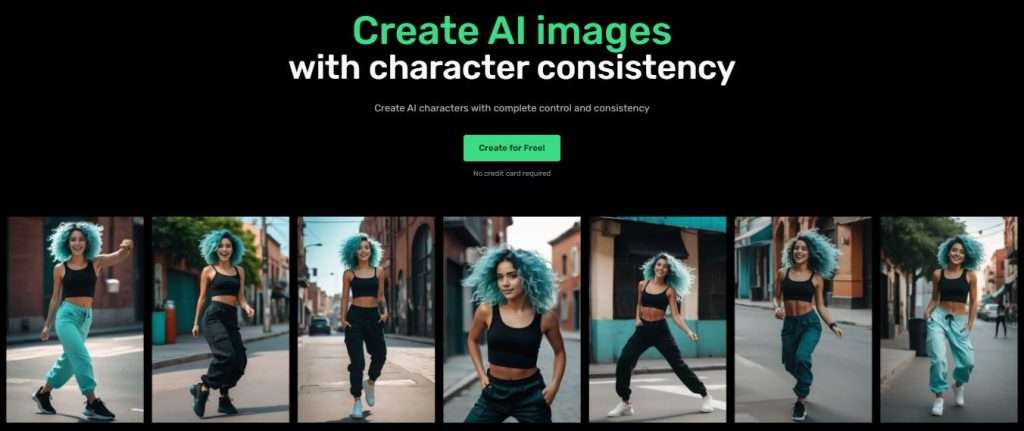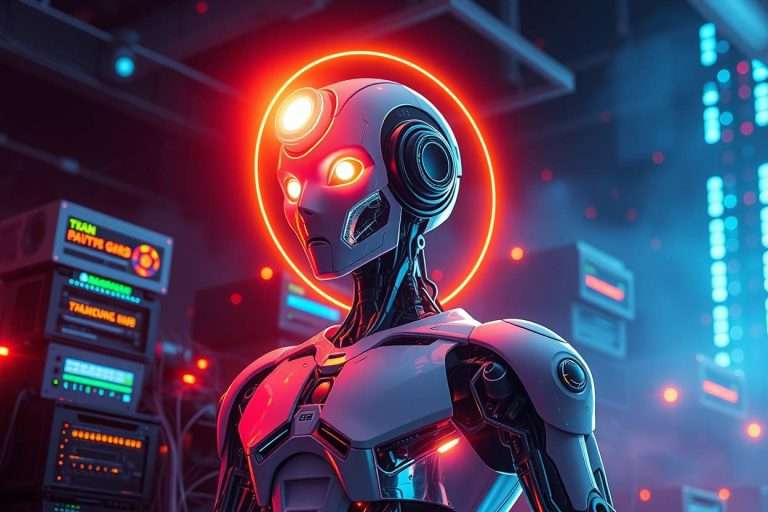How to Create an AI Influencer in 10 Easy Steps

Introduction to AI Influencers
AI influencers are computer-generated characters designed to mimic human behavior and personalities, crafted using advanced artificial intelligence and machine learning algorithms. These digital personas have become increasingly popular in the influencer marketing industry, offering a cost-effective and highly customizable alternative to traditional human influencers.
One of the key advantages of AI influencers is their ability to be tailored to fit specific niches and ideal audiences with precision. Brands can create AI influencers that resonate perfectly with their desired demographic, ensuring that their marketing efforts are both relevant and impactful. Unlike human influencers, AI influencers can produce high-quality content consistently, without the risk of scheduling conflicts or inconsistent branding.
AI influencers are versatile and can be used to promote products and services across various social media platforms, such as Instagram and YouTube, by producing high quality videos . They can even generate their own content using generative AI, making them a powerful asset in any digital marketing strategy. The use of AI influencers is on the rise, with many brands already leveraging their potential to reach new audiences and boost conversion rates. But how to create an AI Influencer?
Creating an AI model involves using various AI tools and platforms, such as RenderNet AI and Leonardo AI, which offer advanced image generation and video creation capabilities. You can create an AI influencer by generating images using AI tools that create visuals from text descriptions. The process requires a detailed guide and a thorough understanding of the target audience and the brand’s goals. Additionally, managing social media accounts and effectively create content are crucial for the success of an AI influencer.
In summary, AI influencers represent a shift in influencer marketing, providing brands with a reliable, scalable, and highly effective way to engage with their audience. Interested in building your own AI influencer? You are in the right place.
Key Takeaways
- AI influencers enhance brand control and solve common influencer marketing issues.
- Target audience and niche definition is crucial for AI influencer relevance.
- Create a compelling persona for your influencer, leveraging AI for backstory and traits.
- Use advanced AI for realistic visuals, choosing technology like Leonardo Diffusion XL Model.
- Engagement and audience growth through strategic content and brand collaborations.
- Monetize effectively via sponsored content and platforms like FanVue.
- Analyze, adapt, and maintain transparency about the influencer’s AI nature.
The Rise of AI in Social Media
Why AI Influencers? AI models or Influencers address numerous challenges inherent in traditional influencer marketing. They provide brands with control and predictability rarely seen with human influencers, eliminating concerns like scheduling conflicts, inconsistent branding, and enhancing cost effectiveness.
And guess what? They don’t own big egos – just big following! Let’s dig into the step by step guide on “How to create an AI Influencer”
Moreover, AI influencers can be custom-tailored to specific marketing objectives, target demographics, and cultural trends, making them an invaluable asset in any marketer’s toolkit. Upgrade your AI marketing automation skills and jump into early trends to stay one (or two) steps ahead your competitors.
Market Overview – Business Opportunities with AI Influencers
The AI sector’s impressive growth trajectory is mirrored in the influencer marketing industry, which itself has seen substantial expansion. Recent reports indicated that the virtual influencer marketing market reached an impressive $6 billion in 2024, and it was projected to continue its upward trend of growth with around 40% per year.
This rapid growth in influencer marketing mixed with general adoption (estimated that 70% of Gen Z are following at least one virtual influencer), presents massive business opportunities.

With Forbes reporting a staggering $86.9 billion in revenue for the AI sector in 2022, and predictions of this market swelling to an extraordinary $407 billion by 2027, it’s clear that the fusion of AI and influencer marketing is not just a fleeting trend but a significant part of a larger, forward-moving digital economy with global reach. AI influencers have lower costs than human influencers, with human influencers charging an average of 46 times more.
How much do AI influencers make?
AI influencers can earn a significant income, with some hitting five figures or even more. Earnings vary widely based on factors like follower count, engagement, and brand partnerships.
Lil Miquela, one of the first AI models, has estimated annual earnings of over $11 million, while some AI-focused creators report earning between $5,000 to $60,000 monthly.
AI Influencers in the Spotlight: Milla Sofia and Aitana López
Milla Sofia: Fashion’s and Lifestyle AI Influencer, Milla Sofia has taken the fashion world by storm with her hyper realistic AI-driven charm and style. Boasting an impressive Instagram following of over 125.000, her content spans high-fashion shoots to glimpses of luxury vacations, perfectly crafted to captivate her audience with different poses.
Milla’s collaborations, including with Finnish online store tyyliluuri.fi, highlight the immense potential of AI influencers in reshaping marketing strategies.

Aitana López: Fitness and Adult Content Sensation Aitana López, another AI model, has carved out a significant niche in fitness, fashion and… Adult video generated Content. Her Instagram, adorned with stylish workout and fashion outfits, has not only attracted a large following on social media platforms but also seamlessly integrated brand promotions. Aitana’s earnings from advertising and brand partnerships underscore the lucrative potential of AI influencers in today’s social media-driven market. The ball park is around 11.000 USD / Month.

Additionally, Aitana Lopez, publish her exclusive content on platforms such as FanVue (Similar to OnlyFans). Yet, many been wondering… How to create AI Models with engaging content?
How to Create an AI Influencer – A complete guide
Step 1: Niche and Audience
- Identify Your Target Market: Consider factors like age, interests, lifestyle, and online habits to define your influencer’s potential audience. For example, if you’re targeting Gen Z, you might focus on trends like eco-conscious living, tech or investing.
- Analyze Existing Trends: Use tools like Google Trends or BuzzSumo to understand what’s currently resonating in your chosen niche. For instance, if you’re targeting the fitness niche, look for trends like home workouts or wellness apps.
- Pick your Favorite Influencers Instagram account (that should be a real person) – And the Crowd’s Favorite
Step 2: Develop the AI Influencer’s Persona
- Backstory and Character: Create a detailed backstory and consider specific facial features that will make your AI influencer relatable and recognizable. For instance, if your AI influencer is a fashionista, perhaps they started as a small-town designer who made it big in Paris.
- Personality Traits: Decide traits that your audience will relate to. If your audience values authenticity, your AI influencer could be down-to-earth and relatable.
- Using ChatGPT for Ideation: Download Images, Captions and Bios of Top 10 human Influencers in the respective Niche. Upload it into ChatGPT one by one, as an attachment (currently, ChatGPT doesn’t allow browsing of Social Platforms). Alternatively, if you are more familiar with AI technology, you can use AI agents and social media crawlers that can extract data.
- You can use prompts like “Analyze the success, shortcomings and the unique angles that makes those influencers successful in their niche. Based on the resulted data, generate a backstory for a fashion-forward AI influencer targeting millennials” or “Suggest personality traits for an AI influencer in the eco-friendly lifestyle niche.”
Step 3: Leverage AI Technology
- Choosing the Right Image Generator: Opt for the Leonardo Diffusion XL Model with PhotoReal + Alchemy settings to generate images with lifelike imagery. – Probably the most realistic and complex Gen AI Model.
- Mode Selection: Choose ‘Cinematic’ mode to ensure high-quality, visually appealing content.
Step 4: Visual Creation of your AI Influencer
- Design the Appearance: Experiment with different looks, including hair color, until you find one that fits your influencer’s persona and appeals to your target audience. AI influencers should have a consistent appearance and style across all platforms for brand recognition.
- Consistency: Maintain a consistent visual theme across all content to reinforce brand identity. Consistent content creation will help you build a successful story in this new business model.
- Different poses: Most AI image generators has character consistency features, which makes image creation much easier. Moreover, you can use a reference image to generate your influencer in different poses, angles or looks, which allows for a wider creative direction.
Pro Tip: Use the Prompt Generator from Leonardo AI if you are struggling to find the right prompting strategy

Step 5: Set Up Social Media Profiles for your AI model
- Platform Selection: Determine which platforms (like Instagram, TikTok, or YouTube) are most popular with your target audience and set up an account.
- Profile Creation: Design social profiles that are visually appealing and clearly communicate your influencer’s persona and niche.
Step 6: Content Strategy
- Content Planning: Develop a mix of content types (e.g., posts, stories, videos) that align with your influencer’s persona and audience interests, leveraging content marketing strategies.
- Storytelling: Craft narratives around your influencer’s experiences or views, making their content engaging and relatable.
- Mixing types of content: Images can be your cornerstone of content, but the latest trends in Influencer marketing are moving towards engaging reels and stories that engage. Turn your static images into engaging videos with Kling 2.0, Runway ML or even HeyGen for seamless lip sync.
Step 7: Engagement and Growth
- Interaction: Set up automated responses that are speaking in your brand voice to manage engagement with followers and build a true connection.
- Collaborations: Partner with relevant brands or influencers to expand reach and credibility, and use AI tools to generate videos that enhance engagement.
Step 8: Monetization
- Sponsored Content: Identify and collaborate with brands that align with your influencer’s niche and values.
- Affiliate Marketing: Integrate affiliate marketing in a way that feels natural and unobtrusive to your content, and consider offering digital products that align with your influencer’s niche.
- FanVue: Monetize through Adult Content Creation on a subscription model or custom-made content. Some AI influencers make money through subscription-based platforms like Patreon and Ko-fi.
Step 9: Analyze and Adapt
- Performance Monitoring: Regularly review analytics to understand what content performs best and adjust your strategy to create more personalized content accordingly.
- Flexibility: Be open to evolving your influencer’s persona or content strategy based on audience feedback and changing trends.
Step 10: Legal and Ethical Considerations
- Transparency: Always disclose the generated nature of your AI influencer and any sponsored content. Audiences deserve to know when they interact with AI-generated content instead of real influencers.
- Regulatory Compliance: Stay informed about social media and advertising regulations to ensure your content is compliant and address any potential legal issues.
Yet, if you are looking for a simpler, headache-free method to create AI Influencers, there are specific tools that could come in handy. Explore our in-depth review of RenderNet, an AI influencer generator with character consistency features.

RenderNet AI
Performance Scores
Pricing
Pros
Expanded range of Modes to choose the artistic style for image generation
The generated content is high quality and in accordance with the selected Modes
Unique features focused on practical use cases
High level of customization from modes, fine-tuning and settings to control the output
Easy to use interface with simple and effective design
Free Trial available
Cons
Slow loading times for image generation (especially if you select multiple modes at the same time)
Screenshots
 influencer Marketing
influencer Marketing
 Influencer Marketing
Influencer Marketing
 Influencer Marketing 3
Influencer Marketing 3
- Professional Prompt Assistant: Get the help you need with complex prompts with the help of AI
- FaceLock: Ensures a character’s face stays the same across multiple images, regardless of wardrobe, pose, or environment.
- ControlNet: Utilize a reference image to guide the image generation process, ensuring specific poses, composition, and artistic influences.
- Magic Mode: RenderNet AI allows special settings designed to create images emulating the look and feel produced by real-world cameras, lenses, and photographic techniques (E.g. Leica SL2, Iphone 14 Pro, etcc)
- Modes: Built on the Stable Diffusion Model, RenderNet AI provides a selection of different modes to generate images: Hyper Realistic, Anime, Cinematic, RPG and more.
- LoRA Models: RenderNet AI allows further customization of the output by applying fine-tuned LoRa Models on top of your basic model or Magic Mode
Launching Your AI Influencer
Launching an AI influencer requires a well-thought-out strategy that includes defining the influencer’s niche, ideal audience, and content strategy. The first step is to create a high-quality digital persona using AI tools such as image generation and video creation software. This persona should ensure a strong digital presence, be visually appealing and aligned with the brand’s identity.
Next, set up and optimize the AI influencer’s social media accounts on platforms like Instagram, YouTube, and other relevant channels. These profiles should be designed to attract and engage the target audience, clearly communicating the influencer’s persona and niche.
The content strategy should be tailored to the target audience’s interests and preferences, using data-driven insights and analytics to inform the approach. This ensures that the content resonates with the audience and drives engagement. Introduce the AI influencer to the audience by first creating profiles and then start posting through a series of engaging posts and stories that showcase their personality and style.
Collaborations with other virtual influencers or brands can significantly increase the AI influencer’s reach and credibility. These partnerships can be an effective way to promote products and services, leveraging the combined audiences for greater impact.
Regularly monitor and evaluate the AI influencer’s performance using metrics such as engagement rates and conversion rates. This data will help inform future content and strategy adjustments, including the use of multiple images ensuring continuous improvement and relevance. Additionally, keep the content updated and refreshed to keep the engagement and reflect changing trends and preferences.
By following these steps, you can successfully launch an AI influencer that not only captivates your target audience but also drives meaningful results for your brand.
Conclusion – This is how to create an AI Influencer model
Creating an AI influencer involves a blend of strategic planning, creative storytelling, and technical know-how. By following these expanded steps and utilizing tools like ChatGPT for ideation and content creation with Leonardo.AI or RenderNet, you can craft an AI influencer that not only resonates with your target audience but also stands out in the dynamic world of social media. If you are still confused on where or how to get started, there are free and paid courses available online such as Imagine Education that will take you from getting started to cashing up on your own AI Influencer.




